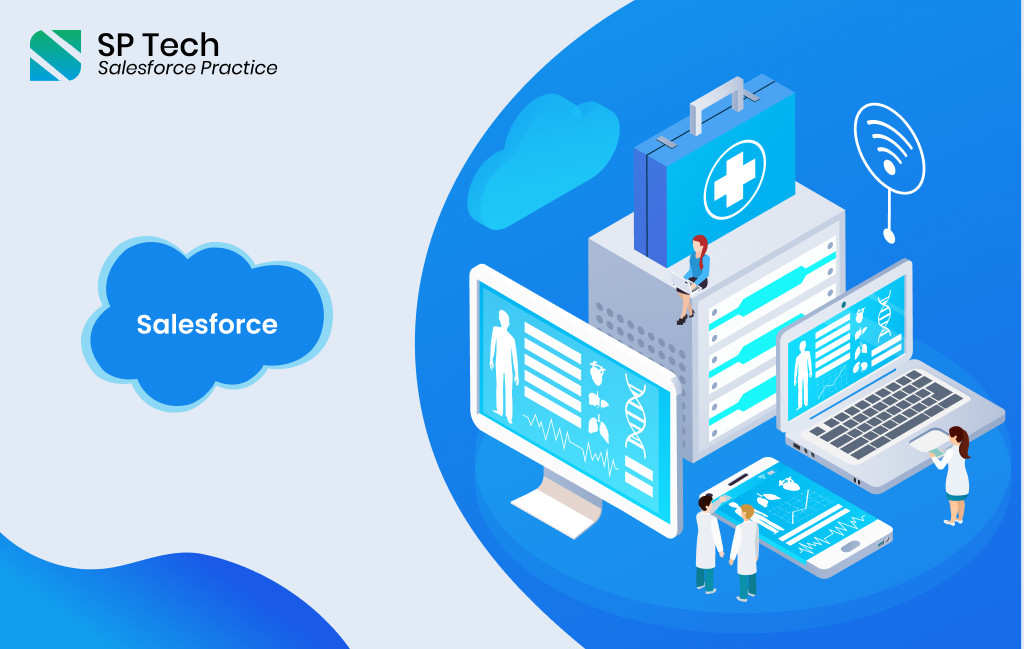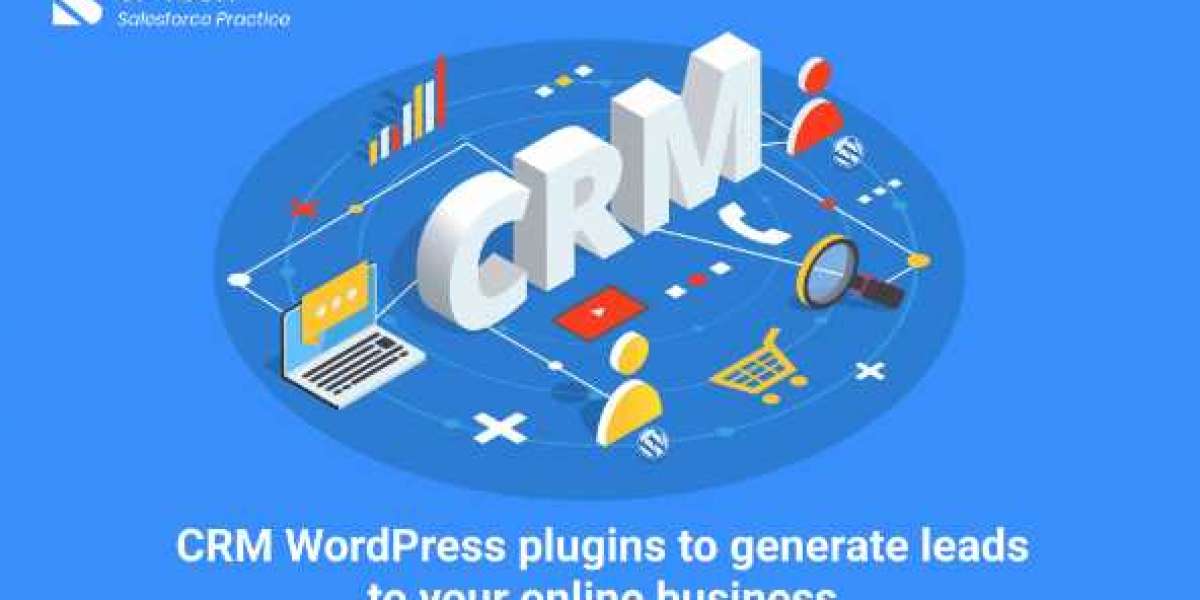Salesforce Implementation Strategies for Success and Business Growth
Salesforce is now widely recognized as the industry standard for productivity, growth, and efficiency in business operations. To guarantee flawless integration and maximum use of this potent platform, a Salesforce specialist must be conversant in the nuances of Salesforce implementation strategies. Here, we dive into the technical details of implementing Salesforce to ensure success and promote company expansion.
https://sptechusa.com/
Comprehensive Needs Assessment
Before embarking on a Salesforce implementation journey, conduct a thorough needs assessment. Identify pain points, operational inefficiencies, and long-term business objectives to tailor the implementation strategy accordingly.
Define Clear Objectives
Establish clear and measurable objectives for the Salesforce implementation project. Whether it's enhancing customer relationship management, streamlining sales processes, or improving data analytics, define specific goals to guide the implementation process.
Customization vs. Out-of-the-Box Solutions
Evaluate the need for customization versus leveraging out-of-the-box Salesforce solutions. While customization offers tailored functionalities, it requires careful planning to avoid complexity and ensure scalability.
Data Migration Strategy
Develop a robust data migration strategy to seamlessly transition existing data into the Salesforce ecosystem. Ensure data accuracy, integrity, and security throughout the migration process to prevent disruptions in business operations.
Integration with Existing Systems Integrate
Salesforce seamlessly with existing systems and applications to facilitate data flow and enhance interoperability. Leverage Salesforce APIs and middleware solutions for smooth integration with ERP, marketing automation, and other critical systems.
User Training and Adoption
Invest in comprehensive user training programs to maximize Salesforce adoption across your organization. Empower users with the knowledge and skills required to leverage Salesforce functionalities effectively and drive productivity.
Iterative Approach
Adopt an iterative approach to Salesforce implementation, focusing on incremental enhancements and continuous improvements. Solicit feedback from users and stakeholders to refine processes, optimize workflows, and address evolving business needs.
Mobile Optimization
Optimize Salesforce for mobile usage to empower field sales representatives, service technicians, and remote employees. Ensure responsive design, intuitive navigation, and offline capabilities for seamless access to Salesforce functionalities on mobile devices.
Scalability and Flexibility
Design the Salesforce implementation with scalability and flexibility in mind to accommodate future growth and evolving business requirements. Architect solutions that can adapt to changes in user volumes, data volumes, and business processes.
Security and Compliance
Prioritize security and compliance throughout the Salesforce implementation lifecycle. Implement robust security controls, data encryption, and access management mechanisms to safeguard sensitive information and ensure regulatory compliance.
Performance Optimization
Fine-tune Salesforce performance to enhance responsiveness and user experience. Optimize data models, query performance, and page load times to minimize latency and maximize productivity.
Analytics and Reporting Harness the power of Salesforce Analytics and Reporting capabilities to gain actionable insights from your data. Customize dashboards, reports, and key performance indicators (KPIs) to monitor business performance and make informed decisions.
Collaboration and Communication
Foster collaboration and communication within your organization through Salesforce Chatter and Communities. Create virtual workspaces where teams can share knowledge, collaborate on projects, and drive innovation.
Continuous Support and Maintenance
Provide ongoing support and maintenance services to ensure the smooth operation of your Salesforce instance. Proactively monitor system health, address technical issues, and implement upgrades to stay ahead of evolving business needs.
Partner with Experienced Consultants
Engage with experienced Salesforce consultants and implementation partners to leverage their expertise. Collaborate with professionals who can guide you through the implementation process and maximize the value of your Salesforce investment.
Measure Success and ROI
Establish key performance indicators (KPIs) to measure the success of your Salesforce implementation. Monitor metrics such as user adoption rates, productivity gains, and revenue growth to quantify the impact of Salesforce on your business.
FAQs:
Q: How can I ensure data security during Salesforce implementation?
A: Implement robust security controls, encryption, and access management to protect sensitive data. Regularly audit user permissions to mitigate risks.
Q: What are the best practices for user training?
A: Develop tailored training programs, including workshops and online tutorials, to empower users with the skills needed for Salesforce adoption.
Q: How do I optimize Salesforce performance?
A: Focus on data model optimization, minimizing custom code, and leveraging built-in caching mechanisms for improved responsiveness.
Q: What's the key to seamless integration with existing systems?
A: Prioritize thorough testing and use Salesforce APIs and integration patterns to ensure data flow and interoperability.
Q: How do I measure the success and ROI of Salesforce implementation?
A: Define clear KPIs aligned with business objectives and track metrics such as user adoption, productivity gains, and revenue growth.









